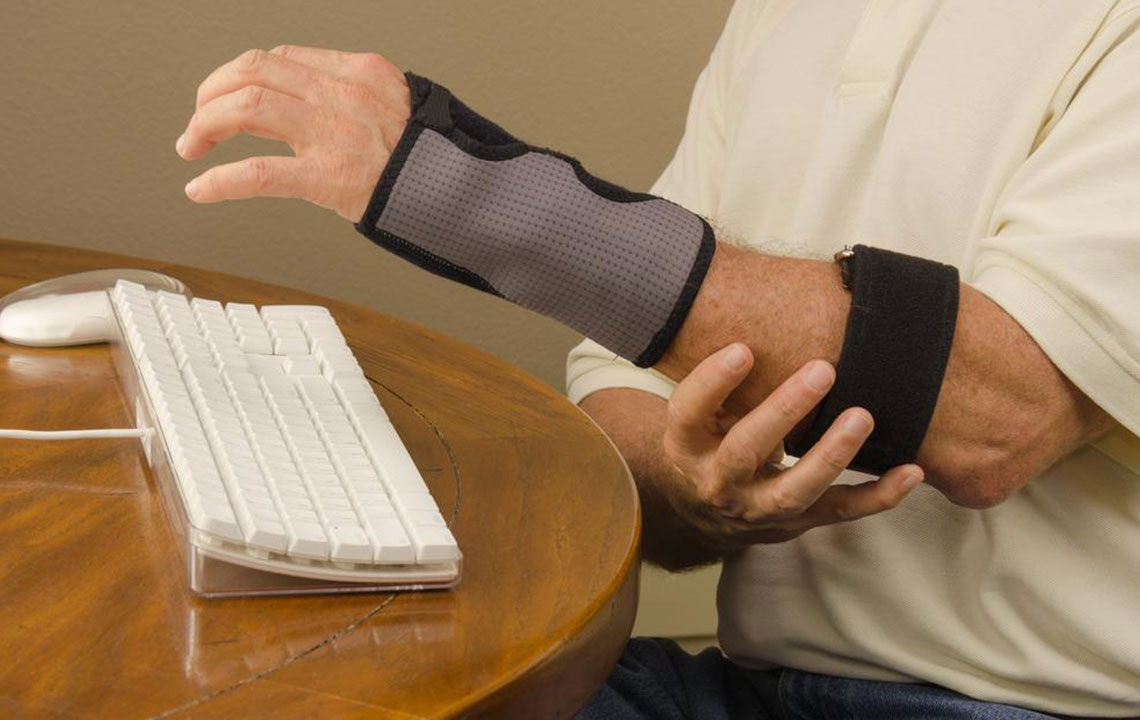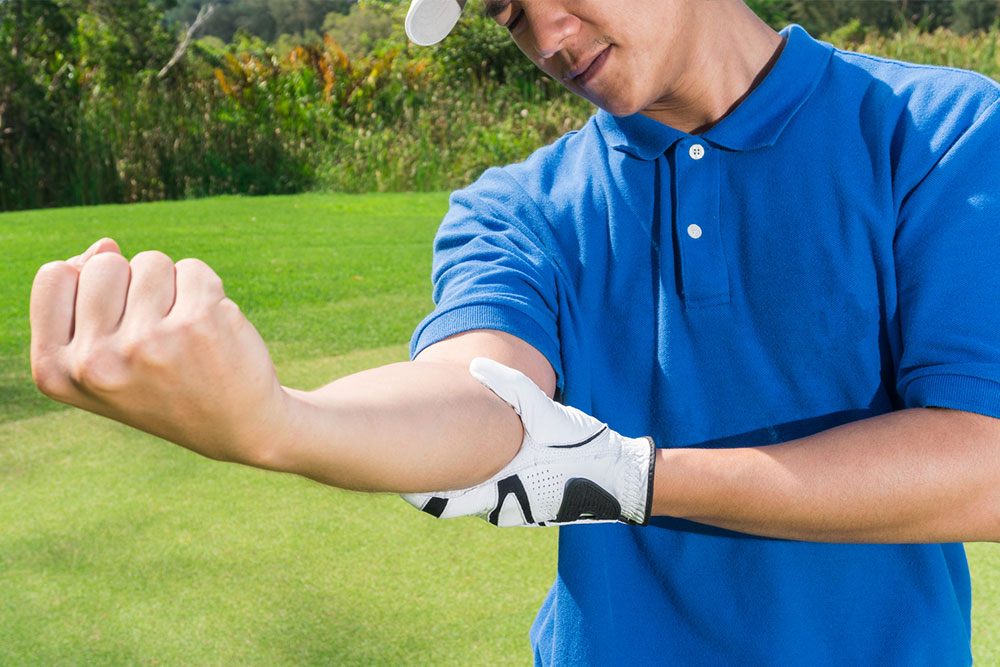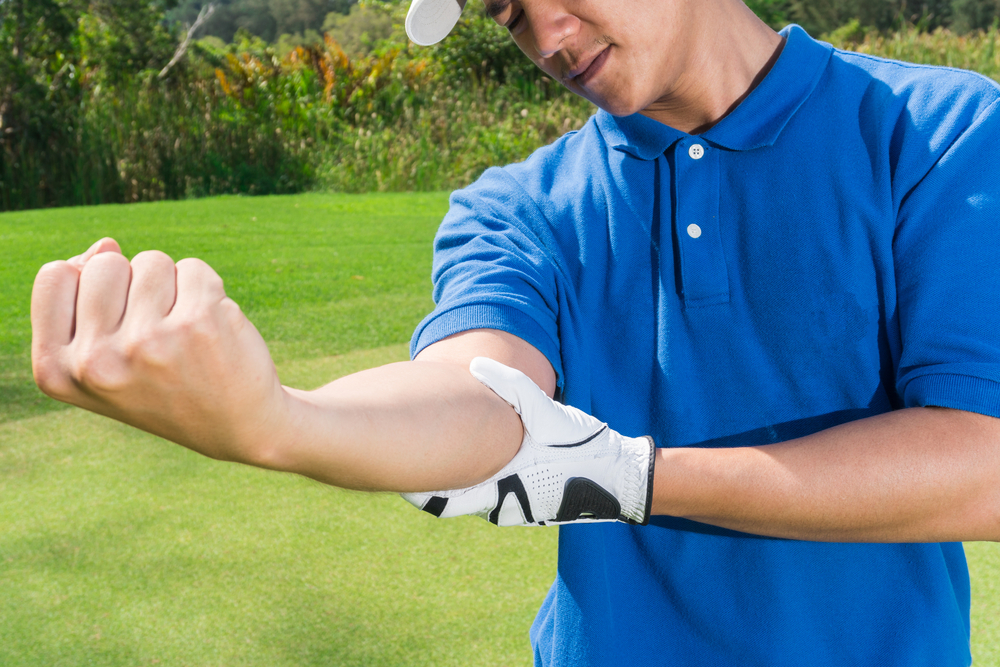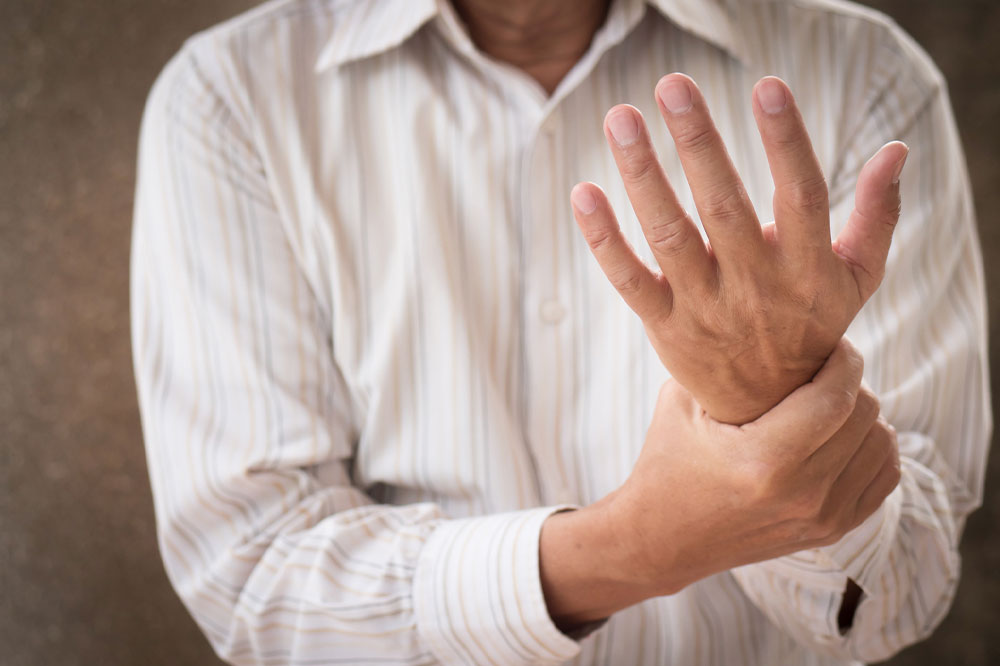Comprehensive Guide to Selecting and Using Tennis Elbow Supports for Optimal Recovery
This comprehensive guide provides detailed insights into selecting and correctly using different types of tennis elbow supports. It explains the importance of proper fit, when to wear them, and how they aid recovery. Designed for active individuals and those experiencing elbow pain, the article emphasizes professional consultation and correct application for optimal healing. Learn about various brace options, their benefits, and tips for effective use to manage tennis elbow effectively and safely.

Comprehensive Guide to Selecting and Using Tennis Elbow Supports for Optimal Recovery
Tennis elbow, medically termed lateral epicondylitis, is a common overuse injury characterized by pain and tenderness on the outer part of the elbow. This condition often affects individuals engaged in repetitive arm movements, such as tennis players, athletes, or even people with physically demanding jobs. Proper management and support are crucial for alleviating discomfort and promoting healing. One of the most effective tools used in treatment is a specialized tennis elbow brace or support. However, choosing the right support and understanding when and how to wear it can significantly influence recovery outcomes.
In this comprehensive guide, we will explore the different types of tennis elbow supports, their specific features, when they should be used, and correct application techniques. Whether you are dealing with a mild strain or a more severe case, selecting the appropriate brace and wearing it correctly can make a notable difference in pain relief and functional recovery.
Understanding Tennis Elbow and the Role of Support Braces
Tennis elbow, or lateral epicondylitis, involves small tears and inflammation in the tendons that attach the forearm muscles to the outer elbow. This condition often results from repetitive motions, overexertion, or improper technique, leading to pain, weakness, and decreased arm function. Non-surgical treatment typically involves rest, physical therapy, medication, and the use of support braces to reduce strain on the affected tendons.
The primary purpose of a tennis elbow support is to stabilize the elbow joint, reduce muscle strain, and offload the inflamed tendons. Proper use can facilitate faster healing, decrease pain, and improve grip strength, enabling individuals to perform daily activities with less discomfort.
Types of Tennis Elbow Braces and Supports
The market offers various types of braces designed specifically for tennis elbow management. Each type caters to different severity levels, activity types, and personal preferences, ensuring that users find suitable options for their condition. The most common support types include:
Epicondylitis Straps: These support straps are designed with adjustable plastic clips or clasps that secure around the forearm, just below the elbow. They apply targeted pressure to the forearm muscles close to the lateral epicondyle, helping to reduce uneven muscle tension. Proper placement of these straps is vital for maximum effectiveness. Athletes or active individuals often prefer these due to their precision in applying pressure, despite their slightly higher price point. Epicondylitis straps can be made from neoprene, nylon, or elastic materials, offering different levels of compression and flexibility.
Standard Tennis Elbow Straps: These are typically wrapped around the forearm or just below the elbow and sometimes feature padding to enhance comfort. They function by compressing the forearm muscles to redistribute force away from the affected tendons. They are popular due to their affordability and ease of use, making them accessible for most patients. While they may lack the precise fit of specialized straps, they serve well in providing general support and pain relief during daily activities.
Elbow Sleeves: Full-coverage braces that encase the entire elbow joint, offering warmth and stability. These sleeves are beneficial during the initial phases of injury or for temporary discomfort, as they help maintain joint warmth, which can promote blood flow and healing. However, some users find them restrictive, especially if the elastic compression is too tight. Proper sizing is crucial to ensure comfort and functionality.
Guidelines for Proper Usage of Tennis Elbow Supports
Correct application is key to maximizing the benefits of your tennis elbow support. Here are essential tips for proper usage:
Fit: The brace should fit snugly but not restrict circulation or cause discomfort. For straps, position the pad or pressure point directly over or just below the painful area. For sleeves, ensure they are fitted but not tight enough to impede blood flow.
Placement: When using straps, adjust the tension so that you feel compression without pain or numbness. The support should offload pressure from the tendons without causing unnecessary tightness.
Wearing Schedule: Wear your brace during activities that provoke pain, such as sports, lifting, or repetitive tasks. Remove the support during rest unless advised otherwise by a healthcare professional.
Consistency: Regular use as recommended can reduce pain and accelerate recovery. Combine support usage with physical therapy and other treatments prescribed by your doctor.
Maintenance: Keep your supports clean and inspect them for wear and tear. Replace worn-out braces to ensure continued effectiveness.
When Support Might Not Be Enough and Important Precautions
While tennis elbow braces are effective tools in managing the injury, persistent pain or worsening symptoms should signal the need for further medical evaluation. Consider consulting a healthcare professional if:
The pain persists beyond a few weeks despite consistent support use
You experience increased swelling, numbness, or tingling
There is noticeable weakness or loss of function in the arm
You suspect a more serious injury such as a fracture or ligament tear
The support does not seem to fit properly or causes added discomfort
Incorrect use of braces or self-diagnosis can lead to delayed healing or aggravate the injury. Therefore, professional medical advice is crucial for a tailored treatment plan. Physiotherapists can also provide guidance on exercises and proper brace fitting for optimal recovery.
Conclusion: Choosing the Right Support and Taking Care of Your Recovery
Selecting the appropriate tennis elbow support depends on several factors, including the severity of your injury, your activity level, and personal comfort preferences. Always prioritize proper fitting and correct usage to maximize benefits and minimize risks. Remember that support braces are part of a comprehensive treatment plan, which should include rest, physical therapy, and, if necessary, medication.
Investing in the right support and using it consistently can reduce pain, improve function, and speed up healing. Never compromise on professional guidance—getting a proper diagnosis and tailored advice ensures safe and effective recovery from tennis elbow.




